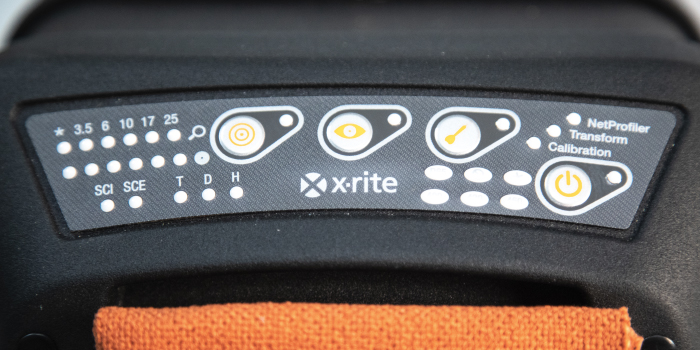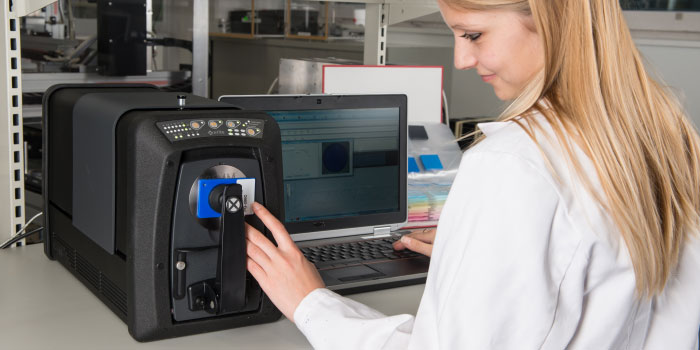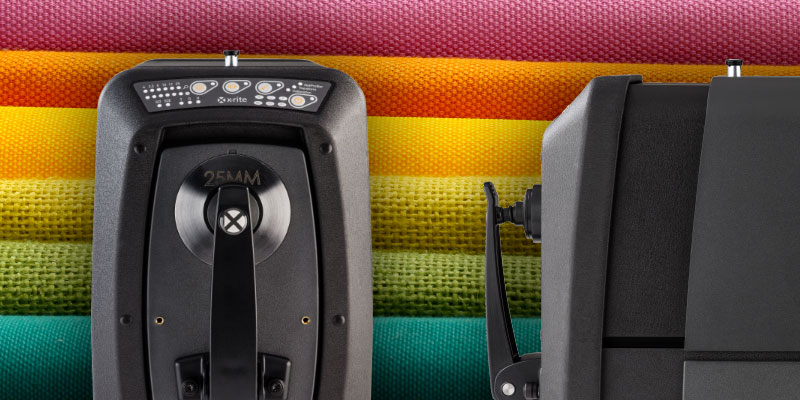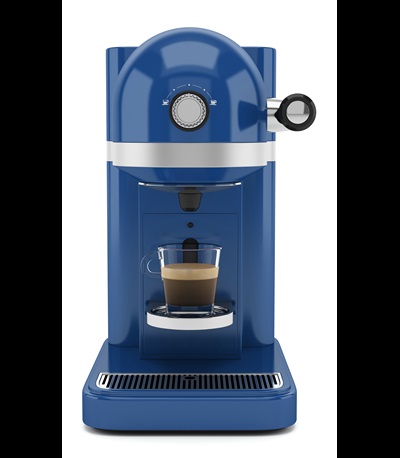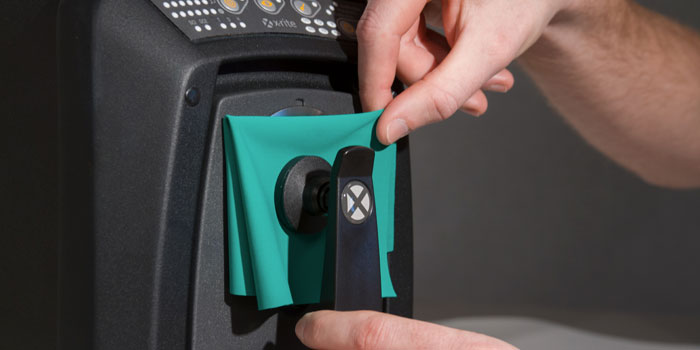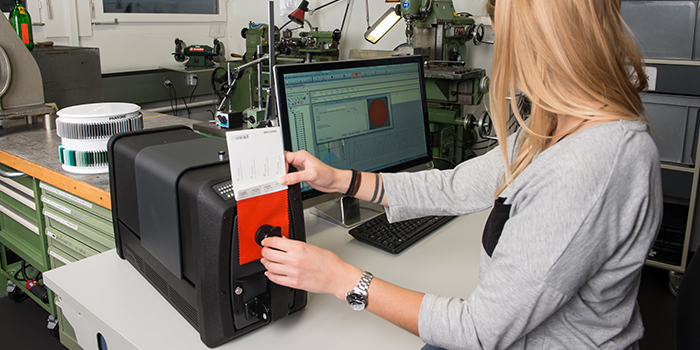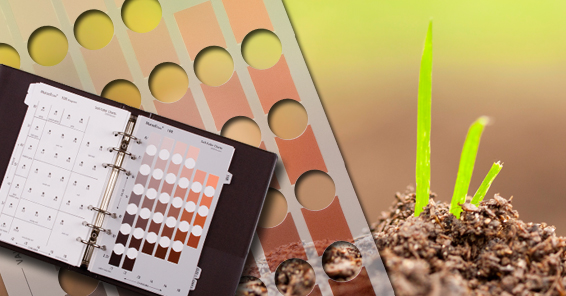Like you, digitization and sustainability are top of mind. However, colour is often overlooked when it comes to textile product development. Digitizing the textile supply chain and applying colour management at each stage will ultimately pay for itself through more accurate colour, faster production, and less waste. With over 60 years of innovation and proven expertise in colour management and colour measurement, X-Rite has solutions to support everyone in the textile industry, including appare...
Quality control is an important aspect of any color workflow. While many of our customers use a handheld spectrophotometer for QC, there are times a benchtop spectrophotometer is a more appropriate choice. Today we’ll explore some of the reasons you might want to choose a benchtop for quality control and offer tips to ensure your QC workflow is the best it can be. Top 5 Reasons to Choose a Benchtop Spectrophotometer for Quality Control 1 - Your Color Tolerances are Tight While our handhel...
To establish a successful quality control program, you need good instrumentation, robust software, and trained users. But even with everything in place, there are some common pitfalls to watch for when using a spectrophotometer to analyze color quality. Measuring plastic parts with the X-Rite Ci7800 benchtop spectrophotometer. Top Five Color Measurement Pitfalls 1. Bad Standards and Samples Physical standards and samples don’t last forever. Careless handling and dirty devices can ...
Whether you’re producing textiles, automotive parts, or plastic pieces, color needs to remain consistent or the final product will be rejected. Unfortunately, there are many ways for color errors to creep in during manufacturing. Creating and using accurate digital color standards is one way to combat these errors. Digital color standards can be used in software to specify and communicate color, formulate colorants and raw materials, and control color quality. They give brand owners peac...
Appearance is more than just color. It’s an all-inclusive look at everything inherent to an object, including texture, gloss, transparency, translucency, and special effects like sparkle and shimmer. When viewed from different angles or under different lighting conditions, appearance effects can change our perception of color. That's why it’s important to control both color and appearance throughout design and development. Durable goods brands use appearance effects to captur...
Spectrophotometers are excellent tools for measuring samples against their color standards to compare differences, but it can be difficult to achieve color accuracy for irregularly shaped products like liquids, plastics, cans, and powders. We design a variety of parts and accessories - also called “rigs & jigs” - for many of our instruments to help measure odd shapes and sizes. Parts & Accessories for Benchtop Spectrophotometers Liquids are notoriously difficult ...
There’s been a lot of research around the role color plays in how we expect food to taste. The fact is, we judge flavor by the color of the food or drink, even before the first taste. We expect red foods to taste sweet like strawberries or cherries. White should taste like vanilla, and green is probably limey and tart or minty. Color cues can even determine whether we take that first bite. Most of us won’t even consider trying a food like mashed potatoes or pumpkin pie if it is ...
Benchtop spectrophotometers measure in either transmission or reflectance mode to capture and quantify color on various opaque, transparent, and translucent samples, including glass, liquid, fabric, and plastic. Today we’ll explain the difference between transmission and reflectance measurements so you can determine which benchtop will meet your color measurement needs. Transmission vs. Reflectance Measurements Both transmission and reflectance spectrophotometers emit all of the wav...
Spectrophotometers are color measurement devices used to specify and communicate color and monitor accuracy throughout production. There are spectrophotometers to measure just about anything, from liquids and plastics to paper, metal and fabrics. Brand owners, designers, lab techs and quality control professionals rely on them to ensure color remains consistent, from the time it’s specified until final quality check, in just about every industry. This Ci7800 benchtop spectrophotometer is measuri...
At X-Rite Pantone, we pride ourselves on our ability to help customers specify, communicate, formulate, and produce consistent color. You’re probably familiar with our major markets, like plastics, industrial coatings, and print & packaging. You may also be aware of the more “common” things we measure, like paint, printed surfaces, and textiles. But, as you look for the emergency exit on a plane, watch a butterfly float by, or choose the freshest package of cheese from the ...



